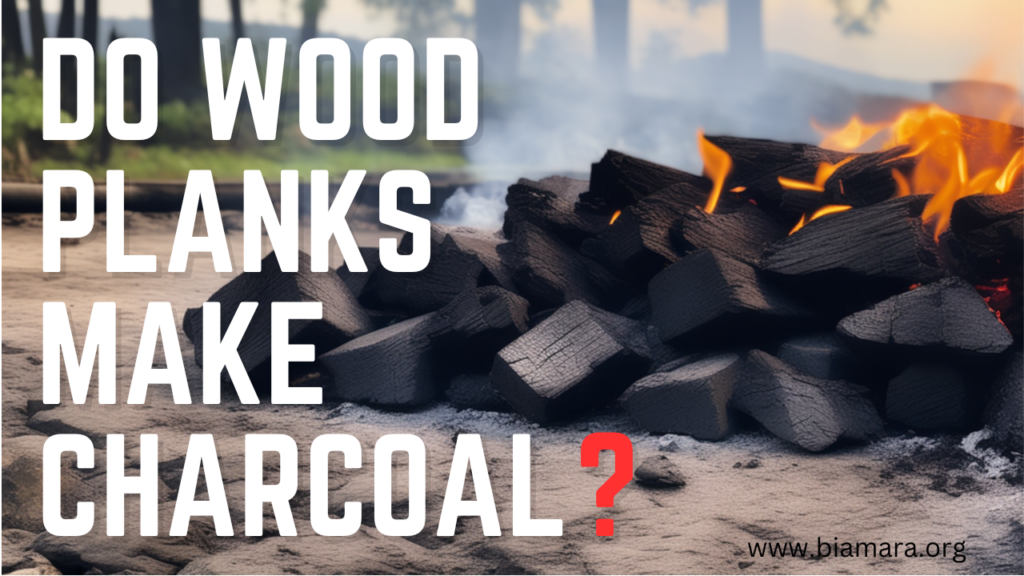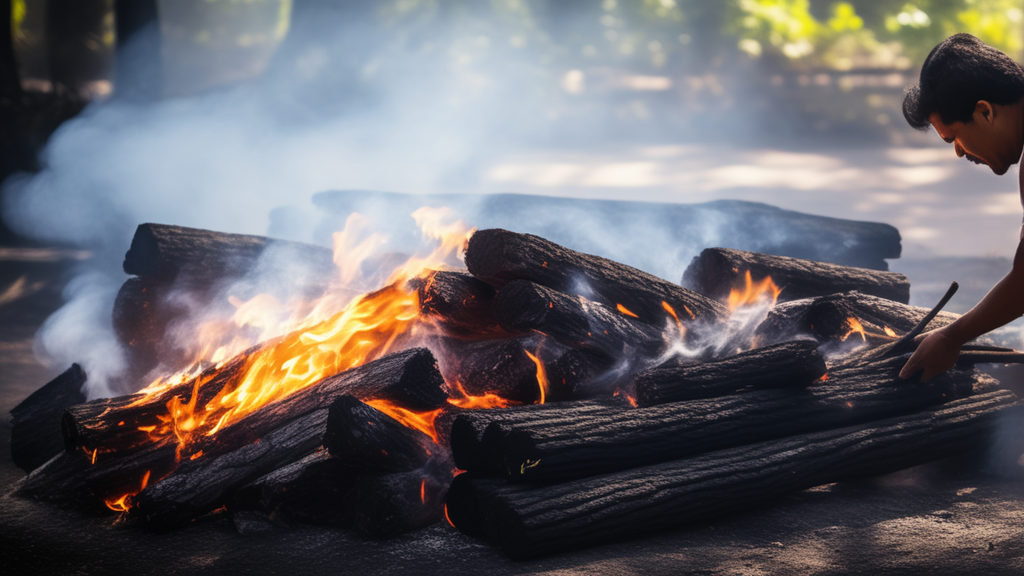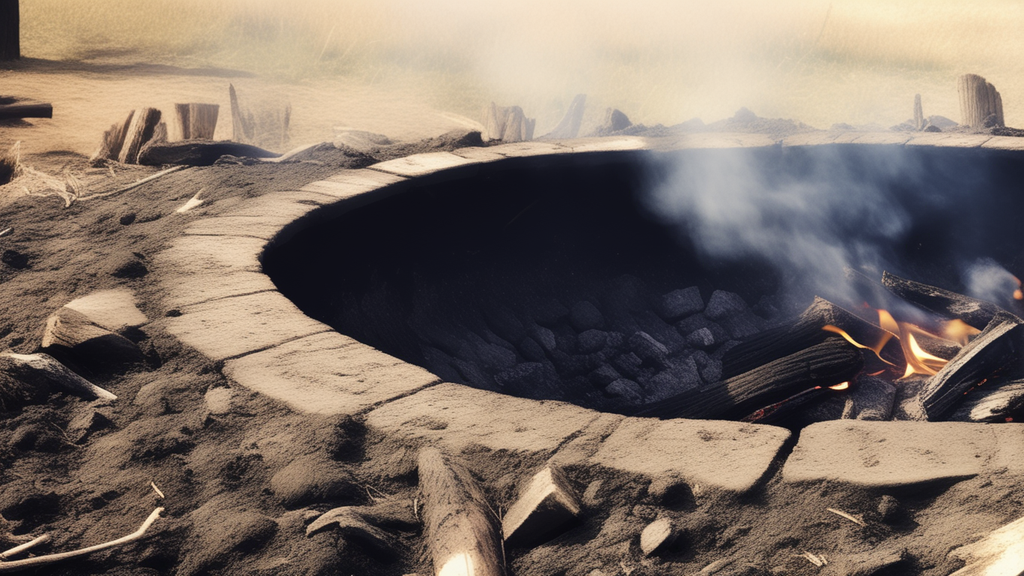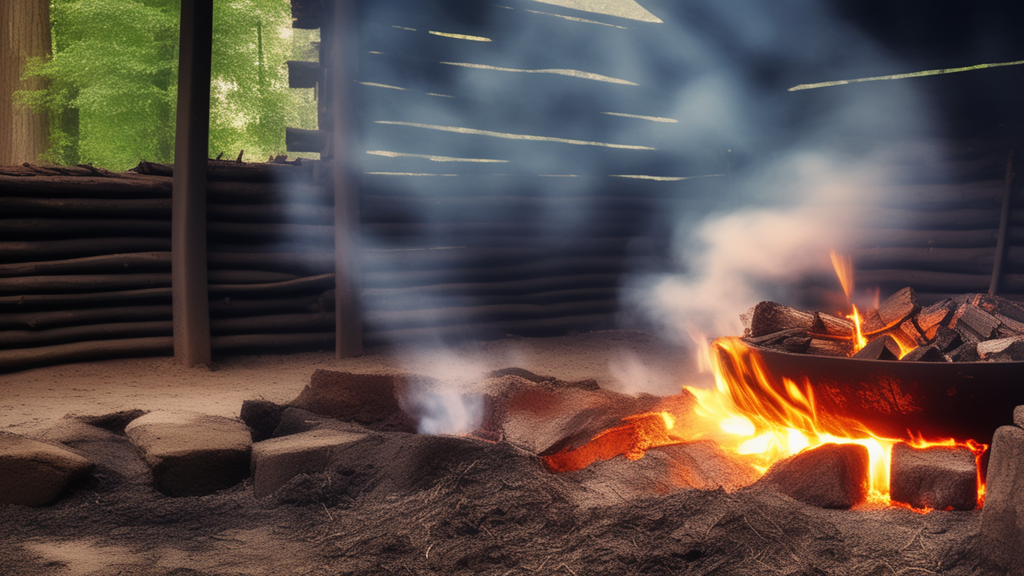Do Wood Planks Make Charcoal? (7 Easy Steps To Follow)

Contents
Do wood planks make charcoal?
For generations, wood has been a vital fuel source for cooking, heating, and, occasionally, making charcoal. But is it feasible that charcoal may be created by the straightforward act of burning wood planks? In this extensive guide, we will examine the steps, chemistry, and variables involved in responding to the fascinating query, “Does burning wood planks make charcoal?”.
1: Understanding the Basics
Pyrolysis, the process of heating wood without oxygen, produces charcoal, which is basically carbonised wood. Wood’s complex organic molecules are broken down during pyrolysis, leaving behind a material that is rich in carbon and contains less water and volatile substances.
2: The Pyrolysis Process

In a regulated setting, wood is heated to high temperatures during the pyrolysis process. The absence of oxygen plays a crucial role in keeping the wood from burning and instead starting the organic components’ decomposition. As a result, charcoal is produced.
3: Types of Wood for Charcoal
Even though a wide variety of wood can be used to manufacture charcoal, some are better suited than others because of their density and carbon concentration. For making high-quality charcoal, hardwoods like oak, hickory, and maple are most often used. Although they usually yield charcoal of a lower grade, softwoods like pine can also be employed.
4: DIY Charcoal Production

To make charcoal from wood planks at home, you can follow these general steps:
- Select Suitable Wood Planks: Choose hardwood planks with minimal moisture content. Green or wet wood is less effective for charcoal production.
- Build a Kiln or Charcoal Pit: Create a controlled environment for pyrolysis. This can be achieved with a kiln or a charcoal pit, ensuring limited access to oxygen.
- Arrange the Wood: Stack the wood planks in the kiln or pit, leaving space for air circulation.
- Initiate Pyrolysis: Heat the wood gradually to initiate the pyrolysis process. As the temperature rises, volatile components are released, and charcoal is formed.
- Monitor and Control Temperature: Maintain a consistent temperature, typically between 500°C and 700°C (932°F to 1292°F), to ensure effective pyrolysis.
- Allow for cooling: Once the pyrolysis is complete, allow the charcoal to cool before removing it from the kiln or pit.
5: Factors Affecting Charcoal Quality
Several factors influence the quality of the charcoal produced:
- Wood Type: Different woods yield charcoals with varying properties.
- Temperature: The temperature during pyrolysis affects the composition and quality of the charcoal.
- Duration of Pyrolysis: Prolonged exposure to high temperatures may result in a more thorough pyrolysis process.
6: Safety Considerations

When attempting to make charcoal at home, it’s crucial to prioritise safety. The pyrolysis process involves high temperatures and potentially harmful gases. Adequate ventilation, protective gear, and a controlled environment are essential to minimising risks.
7: Alternative Methods for Charcoal Production
While traditional methods involve kilns or pits, modern technologies, such as retort systems, are more efficient for large-scale charcoal production. These systems allow for better temperature control and can produce higher-quality charcoal.
Do wood planks make charcoal?
In conclusion, the regulated process of pyrolysis makes it feasible to burn wood boards to create charcoal. You can experiment with making charcoal at home by learning the fundamentals of pyrolysis, choosing appropriate wood species, and making sure the temperature is controlled properly. However, it’s crucial to be cautious and put safety first, particularly if doing this procedure at home.
For more in-depth information on the science of pyrolysis and charcoal production, consider exploring resources such as the Bioenergy Knowledge Centre for comprehensive insights into the world of biomass energy.
Experimenting with charcoal production from wood planks can be an engaging and educational experience, but always approach it with a thorough understanding of the process and the necessary safety precautions. You may also check out other related posts.

